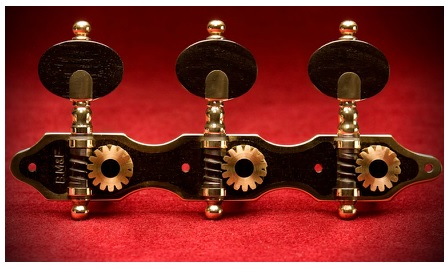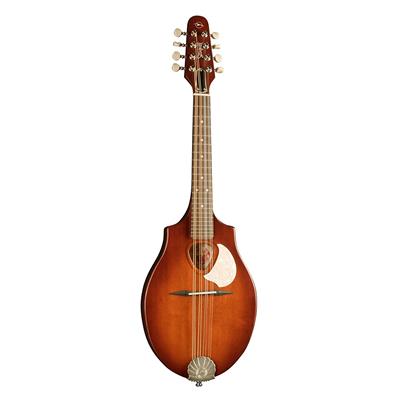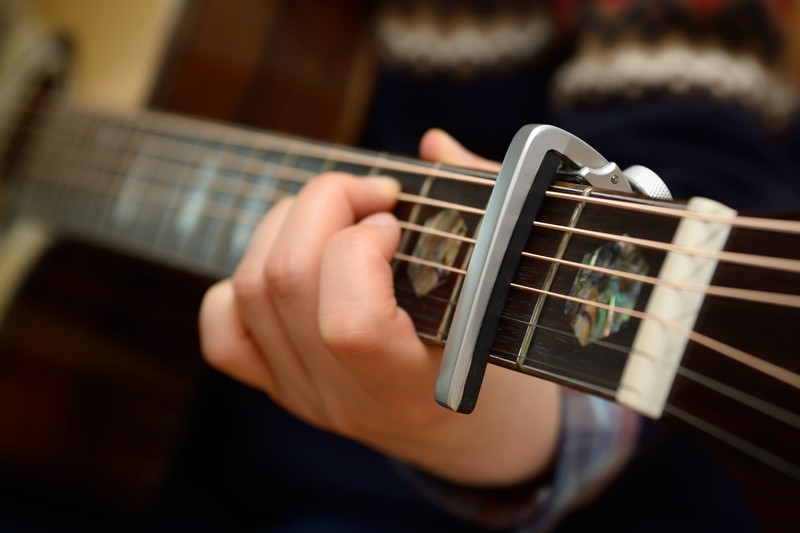So you have recently purchased a guitar, but you did not heed my warning about its tuning stability, and now are struggling with keeping the guitar in tune for longer than a day? Well, first of all, you deserve it. I mean come on, I usually state that a guitar has tuning stability issues! Get yourself together random person sitting at your computer and reading my blog post, and read what I tell you. Well, maybe you did not read one of my electric guitar, or acoustic guitar reviews, which is why you did not see the warning. In either case, you might be looking to get some new tuning machines, tuning pegs or tuning head for your guitar. Well, let me help you out by providing a guide and a short list, of sorts, to help you get what tuning pegs you might want to pick up and buy. I’ll even tell you all about the different tuning machine models that you might find cool! How cool is that?

Anyway, let’s get into talking about tuning machines so you can get to the part that you are really interested in.
The troubles of tuning machines
The thing with tuning machines is that they cause way more trouble than they should. I know this for a fact, because I too own a number of guitars. I mean, even if you have had only one, you know that over time tuning pegs tend to either become stiff, or start to loosen up a little and all of a sudden you have trouble with either keeping them in tune or tuning them at all. This can be really annoying. The problem is, most guitars come with tuning machines pre installed on them, which means you don’t get to choose what they’re made of, or what quality they actually are. Which often results in something you never wanted coming with your perfect guitar. Thankfully the tuning pegs are easy to replace, with the whole process being much easier than you think, as long as you know what you want from your new ones and what you are doing.
So first, let’s talk about the types of tuning machines, pegs or machine heads (whichever your preferred way of calling them is) you are going to be looking at. Quick note: tuning machines do not include the headstock of a guitar, those are different parts that I might talk about some other time. If you knew this and feel like calling me names for assuming you didn’t, please don’t, there are those among you that probably didn’t know this and I am just trying to help them out.

Types of Tuning Machine Heads
The amazing thing about tuning machine heads is that you can divide them into categories. There are ones specifically made for acoustic guitars, those made for electric guitars and pegs specially dedicated to electric bass guitars. All of them are similar in some ways, but the slight differences are what make them especially useful in specific contexts. We are going to look at each category separately first.
Acoustic Guitar Machine Heads
I know you are going to start hating me for this, but I am going to subdivide the acoustic guitar machine heads into two categories as well. Because there are important distinctions to be made and I am a pedantic man gosh darn it (I also have to keep it PG just in case people younger than 13 walk in). So here it goes.
Classical Guitars
Classical guitars tend to have more ornate tuning machine parts, is the result of them being all classical and what not. This means that it might be best if you buy your pegs as part of a set, since you don’t want your classical guitars looking a little weird as a result of mixing two different types of guitar pegs. There are several types of pegs for classical guitars. The thing is, the choice of pegs is usually entirely dependent on the aesthetics that you are looking for in your instrument. Though there are some benefits to using certain material pegs over others, most of them are likely to keep your guitar in tune decently enough. Know that metal based tuning machines are more likely to last a long time, but also more likely to rust and get stuck, without proper maintenance and cleaning.
- Plastic or Resin
- Chrome pegs with chrome inserts and metalwork
- Nickel Plated
- Chrome Plated
- Gold Plated
- Single Screw Heads

Steel String Acoustic Guitars
The makings of an acoustic guitar tuning machines is slightly different from how classical guitar tuning machine. This is the result of the specificity of steel string pressure and the wear and tear they put onto the machine heads. You are more likely to see metal based machine heads among them, which provide more stability but are also more likely to need maintenance, lubrication and so on. Just know that simply buying the cheapest option is never going to be a good decision, and going for a little pricier might save you a long, continuous tuning headache.
- 3 per side, Chrome Plated Metal Work
- 3 per side, Gold Plated Metal Work
- 6 per side, nickel, chrome or gold plated metal work – the 6 per side tuning machines are much rarer than the 3 per side, and are most often used in 12 string acoustic guitars.
The most often seen options are made in chrome, but to each his own, and you might discover something you prefer in the other available materials.

Electric Guitar Machine Heads
The electric guitar market is a little (read a lot more) saturated in terms of types and materials used for machine heads. This is because the electric guitar is so popular right now, and has been for a while. Despite the oversaturation of the market, the fact is, you are way more likely to get a nice tuning machine if you pay slightly more for it than you intended to.
- Chrome Set Bushing Heads – Often seen in Telecaster, older or new
- Black Finish Bushing Heads – Most modern guitars are made with these
- Gold Finish Bushing Heads – Can be seen on both modern and old guitars
- Mixed Color Bushing Heads – Mostly for flair, can be installed on most guitars
- Stamped Machine Heads – Often come with guitars of specific brands
- Vintage Machine Heads – Vintage machine heads are not only for vintage guitars, but are most often seen on vintage guitars. Can be placed onto modern guitars without an issue as well.
Electric Bass Guitar Machine Heads
Electric Bass guitar machine heads need to be a whole lot of sturdier than many of the tuning machines we have discussed up to this point. This is because of the heavier pressure exerted by the thicker metal strings onto the tuning machines. They usually come in sets of four and are fairly large.
- Chrome or Nickel, set of four
- Black of Black frosted, set of four
- Gold Heads, Set of four
- Mixed Finish Heads, set of four
- Single machine heads – often used to mix up the look of your tuning machine, or to replace a single faulty machine head.
- 5 set – for those 5 string bass guitars
- 6 set – be careful buying these, because buying a low quality set will result in the most annoying tuning experience of your life.
Replacing
The process of replacing guitar tuners is fairly simple and intuitive, which is not the first thing you think when you decide to try doing it for the first time. Thankfully, I am here to give you a bit of confidence in your skill. Here is a quick rundown of the actions you are going to take:

- Unwind the string – because if you don’t, nothing else can be done. If you realized that you needed to do this already, and have already done it, than good job, I am very proud of you.
- Unscrew the machine heads for your guitar’s headstock or neck, or whatever you want to call it. This process will seem a little tedious, but is fairly simple to get through. Just make sure to know where you put the screws!
- Unscrew all of the tuners, even the ones that you don’t think had gone through too much damage. I mean they must be old right? Replacing them with a full set of new ones will give you an update in tuning stability, which is nice.
- Take out the jackets. This can be done by gently tapping on or around where the jackets are located. That or use a hammer. Its fairly straight forward, just make sure not to break anything.
- Put in the new tuners! This is the fun part. Just don’t forget the jackets and the screws.
Congratulations, you are done!






